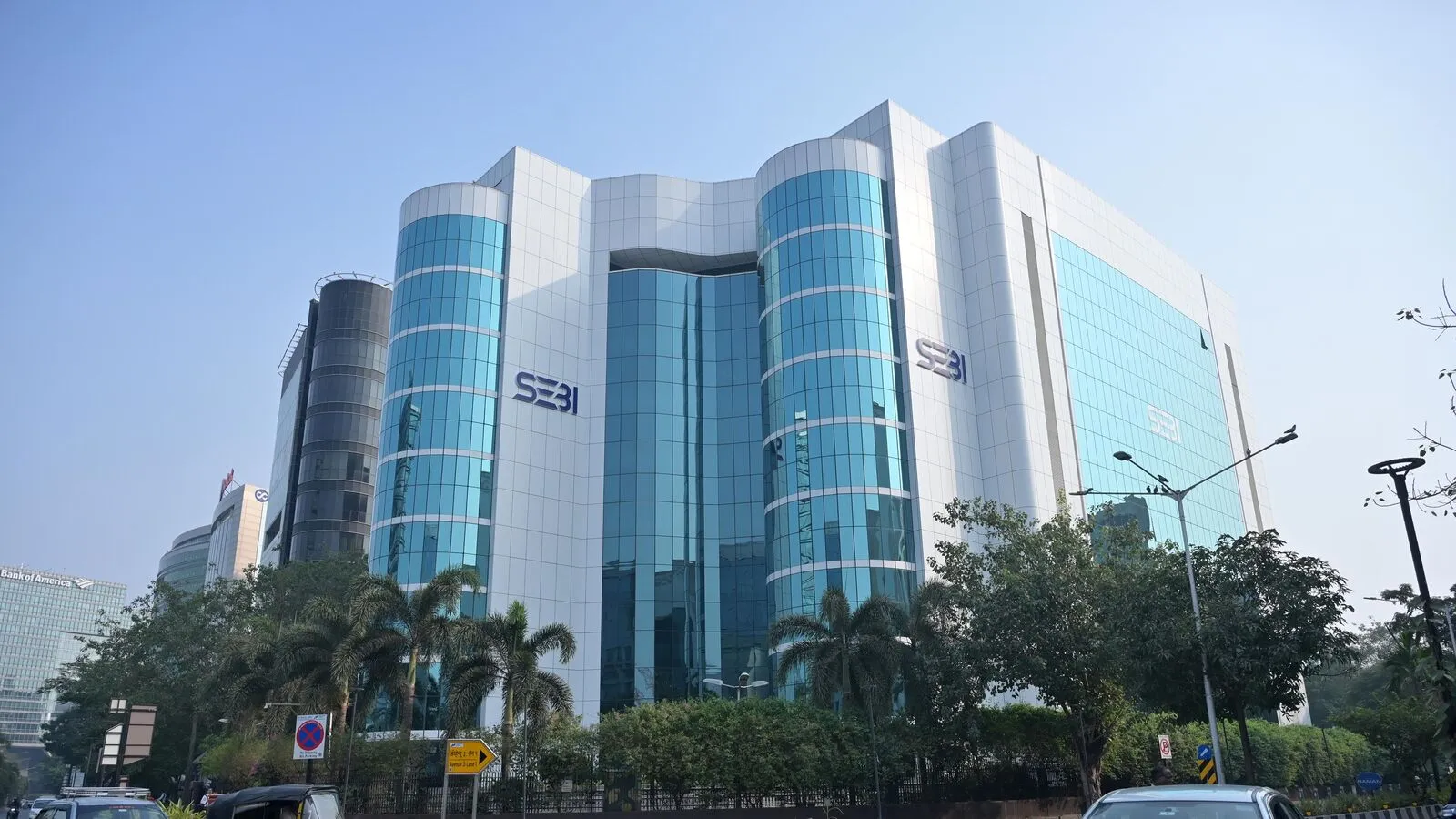Sebi’s stricter ESG debt rules may deter mid-sized firms

The Securities and Exchange Board of India’s (Sebi’s) circular, effective 5 June, aims to combat “purpose-washing” or the misrepresentation or exaggeration of the social or environmental intent behind ESG bond proceeds. The framework to ensure such debt issuances remain aligned with clearly stated and measurable goals brings India’s regulatory stance closer to global standards.
“By incorporating factors like third-party verification, comprehensive disclosures about the issuer decision-making process, project selection and deployment, brings a lot of accountability on the issuer of these securities and acts as a much-needed confidence-building measure for investors,” said Swati Agrawal, chief executive officer and president at CareEdge Advisory. “Mandatory requirement of third-party review/certification is the right step to address growing concerns on green-washing of claims made by issuers.”
Agrawal, however, warned that the capacity to meet such detailed obligations is uneven across India Inc., with mid-sized firms still finding them difficult. “While large companies are well-positioned to understand these concepts and requirements around them, mid-size companies still find these tasks onerous and less value-accretive.”
The compliance requirements, especially for sustainability-linked bonds (SLBs), tied to key performance indicators (KPIs) and sustainability performance targets (SPTs) are perceived as both technically complex and financially burdensome for smaller firms. “This trade-off needs to be balanced by a regulator,” Agrawal said, advocating a consultative process with market participants for continuous review to make the instruments attractive.
The State Bank of India (SBI) raised over ₹30,000 crore through social bonds in 2024, placing it among the top global non-sovereign issuers, according to the Climate Bonds Initiative. Continuum Green Energy ( ₹56.8 trillion), REC Ltd ( ₹4,300 crore), DME Development Ltd ( ₹775 crore), and Pimpri Chinchwad Municipal Corporation ( ₹200 crore) also raised funds by issuing green bonds last year, showed data provided by Icra Ltd.
Separately, Sebi data as of 30 April showed that L&T Infrastructure Finance raised ₹667 crore via green bonds, while municipal corporations such as Vadodara and Ahmedabad issued green bonds worth ₹100 crore and ₹200 crore, respectively.
Shriram Finance ($500 million) and Indiabulls Housing ($350 million) tapped the global markets for social bonds, Icra data showed, reflecting growing private sector participation in ESG-linked funding.
Third-party review
Legal experts warn that while the new framework elevates the integrity of ESG claims, it may inadvertently lead to a bifurcated market—where only large companies with ESG capacity can participate meaningfully.
“The standards to be followed by entities for investing in green and ecologically sustainable technology are prohibitively expensive,” said Radhika M. Dudhat, partner at Shardul Amarchand Mangaldas & Co. “This financial barrier incentivized companies to claim ESG alignment without making the necessary investments, leading to purpose-washing.”
Regulatory diligence needs to be matched with rigorous scrutiny, Dudhat said. “While an entity may be ESG compliant ‘on-paper’, it is important to ascertain whether or not they are creating a false narrative of complying with the applicable regulatory framework.”
To mitigate this, she emphasized the role of lending institutions like banks and investment companies in reviewing and verifying compliance with a complete chain of data and documentation.
The new circular also mandates quantification of negative externalities and early redemption provisions in case of deviation from stated ESG objectives. Issuers will have to appoint independent third-party reviewers to verify alignment and monitor progress.
While this strengthens governance, experts believe that regulatory guidance must be paired with ecosystem-level support.
“Emphasis can be given on capacity building at the industry associations level, sharing of best practices and guidance at knowledge forums and regular review of these frameworks and their effectiveness,” said Agrawal.
Sebi’s framework could also serve as a guidebook for issuers if supported with targeted assistance, ESG assessment firms said. “Having clear guidance on which ESG debt instrument suits their fund requirements will help in aligning with their corporate ESG strategies or objectives,” said Amishi Kapadia, partner at Deloitte India.
“For a fundraise, issuers may need support for selection of eligible projects or key performance indicators (KPIs) or sustainability performance targets (SPTs) to ensure alignment with the global frameworks,” she said.
Closer to global standards
Experts agree that the framework moves India closer to international ESG standards by enforcing third-party validation and mandating “true to label” financing.
“In a well-regulated environment, the third-party reviewers acted as independent gatekeepers ensuring that ESG-labelled instruments are genuinely aligned with sustainability objectives and not merely used for reputational gain,” said Sheetal Sharad, chief rating officer at ICRA ESG Ratings.
However, she also warned that issuers face systemic challenges in building out ESG infrastructure. “A key gap lies in capacity building and awareness, especially among entities with lower ESG maturity, who may lack the internal expertise to navigate complex sustainability-linked requirements.”
Without standardized disclosure norms, reporting can become fragmented, Sharad said. “The role of an independent review becomes especially valuable, as it can enhance credibility, ensure alignment with best practices, and provide assurance to investors and stakeholders regarding the integrity of ESG commitments.”








